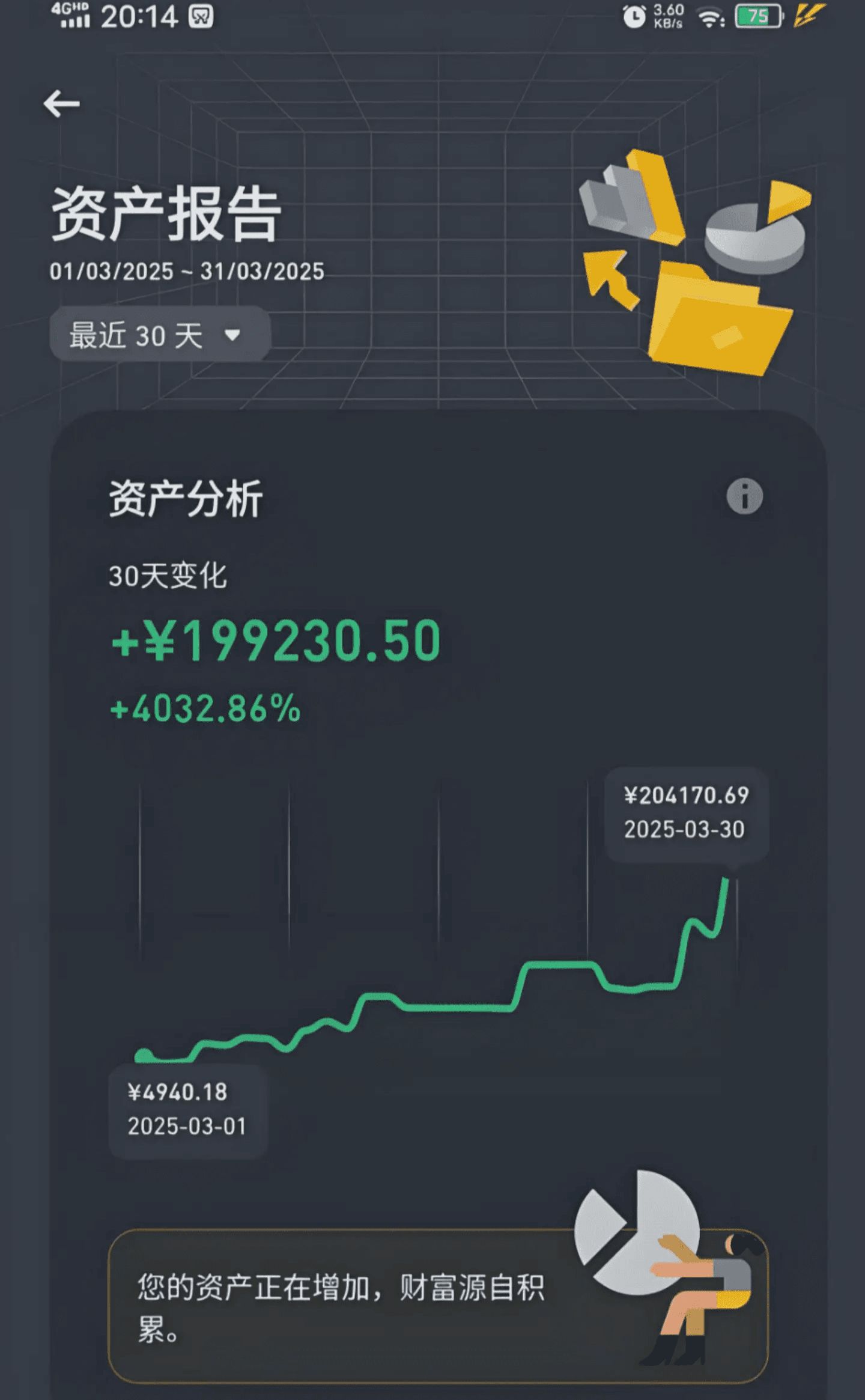Clarify two concepts: dealer and retail investor.
Stocks or cryptocurrencies are essentially a game where the dealer manipulates retail investors using price fluctuations.
Some people say, 'I know the dealer.' So what if you know? The dealer says, 'I am right here,' and what can you do? Do you have a dealer's team? Do you have as much money as the dealer? Do you have as much information as the dealer? You have nothing, so what is the point of knowing there is a dealer?
What you really need to understand is not concepts or news; the fake and exaggerated news you face every day pulls you along like a rope, leading you south while you don't even know there is a north.
What you really need to know is the data, the dealer's data.
How to look at the dealer's data? Whether it is stocks, forex, or cryptocurrencies, the most reliable indicator is 'volume'.
Volume × Price = Money = The money invested by the dealer!
If you know how much money the dealer has invested in a coin pair, at what cost, and how much the dealer intends to earn, then you can relax and follow along, then cash out and leave.

It's easy to say, but hard to do.
The difficulty lies in being manipulated by the candlestick in front of you, running when you should hold, and entering when you should run. Often, you will regret later: If only I hadn't sold at that time, if only I hadn't been impulsive, I wouldn't have been stuck. I said this would rise, and look, it has risen, right? I said this would fall, and look how fierce the fall is. But if it happened again, you would still choose impulsively, and still regret it. So hindsight is meaningless! It will only increase your emotional exhaustion.
The fundamental reason is that you are uncertain. Why are you uncertain? Because you haven't understood the most basic logic.
What is logic? For example, what is the complete life logic? Birth, youth, young adulthood, middle age, old age. That is a complete life logic.
So what is the logic of a coin? Rises and falls. At this point, you might say, 'That's obvious, I know about rises and falls.' The key here is the nodes: at 3 years old, a child should go to kindergarten; at 20, they should get married; at 60, they should retire. These are the nodes. If a child is 3 years old, you will know: Oh, this child is going to kindergarten. Similarly, if you find that the candlestick chart has reached a point where it should rise, you will know to buy without hesitation.
Rises and falls can be subdivided into many nodes: accumulation, consolidation, rally, and distribution, four stages in total. If you can understand the accumulation stage, then you have succeeded halfway. At least this ensures that you will not incur losses.


